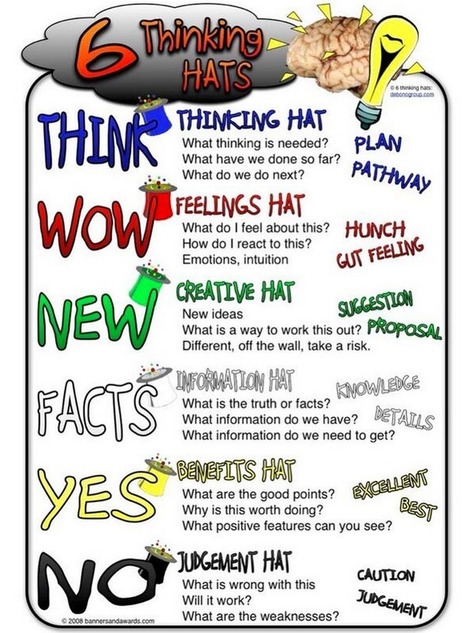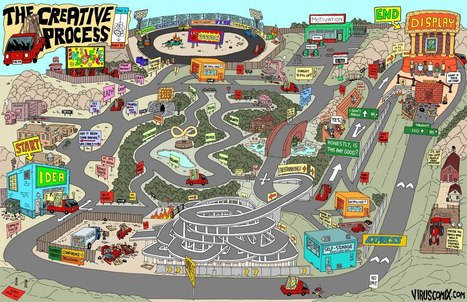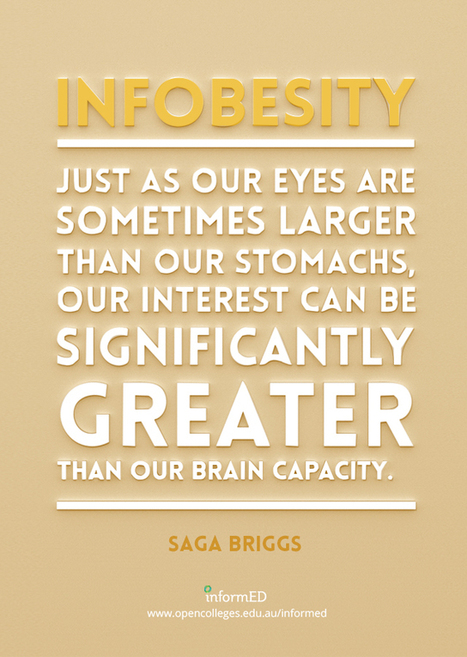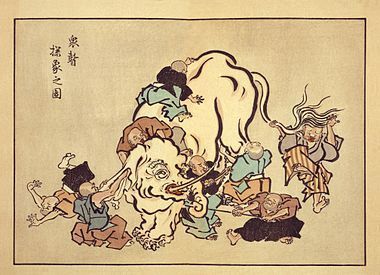Research and publish the best content.
Get Started for FREE
Sign up with Facebook Sign up with X
I don't have a Facebook or a X account
Already have an account: Login
Tech tools that assist all students to be independent learners & teachers to become better teachers
Curated by
Beth Dichter
 Your new post is loading... Your new post is loading...
 Your new post is loading... Your new post is loading...
|

Melissa Marshall's curator insight,
April 8, 2014 9:15 PM
This is an excellent article if you are suffering Internet fatigue. We are taking in more and more information than our brain can process about so many general things, rather than specialising like we used to. According to the article, the feeling of being digitally overwhelmed comes from "our inability to organise and process it...without experiencing cognitive overload." The Internet keeps providing us with "just one more link" so knowing when to stop is difficult. There is a section called 'Concerns for Students' which is quite insightful. |
















I think IEP meetings could be more productive if the 6 Thinking Hats approach was used. What do you think?
A fresh take on the Thinking Hats - a great tool for writing blog reflections and other individual as well as collaborative work.